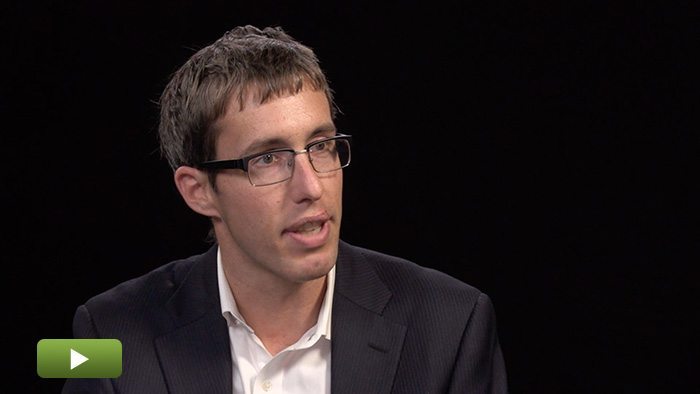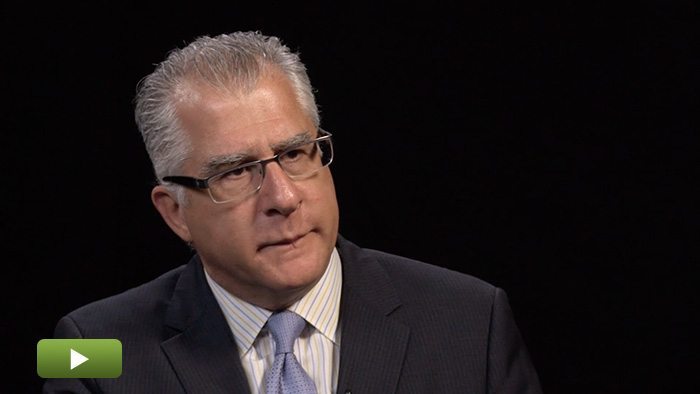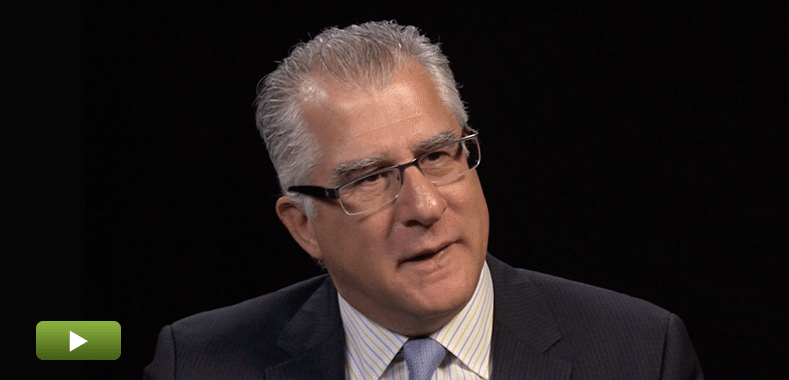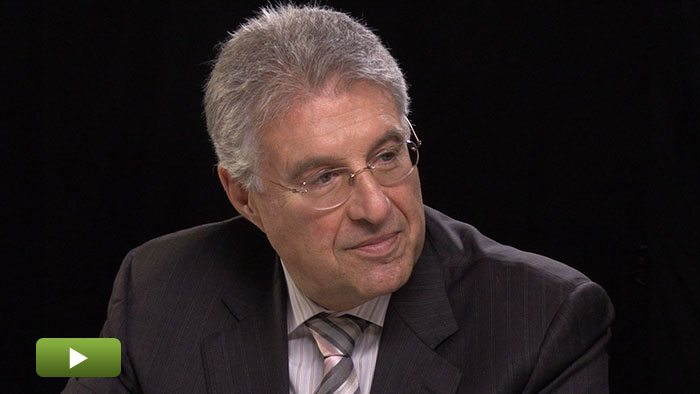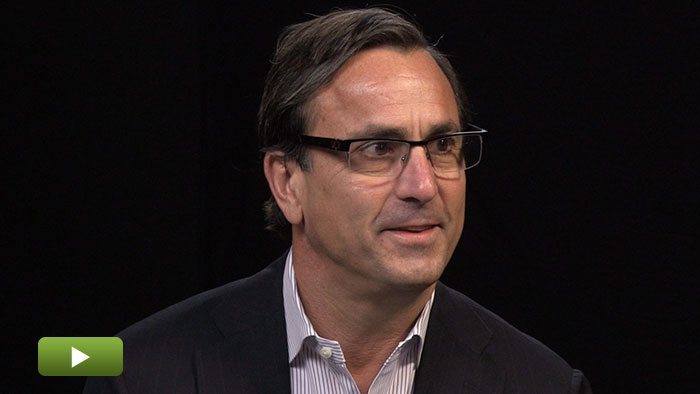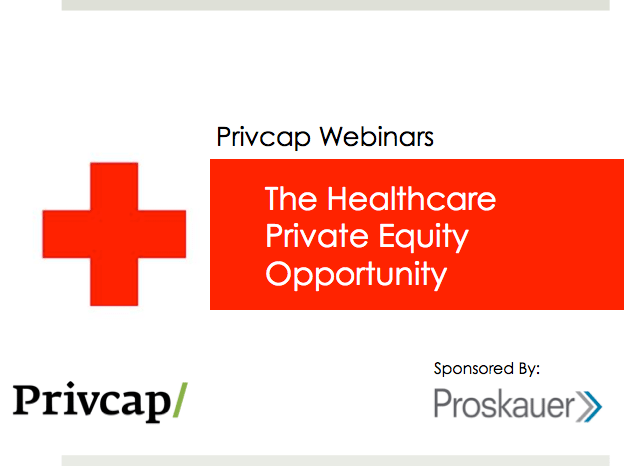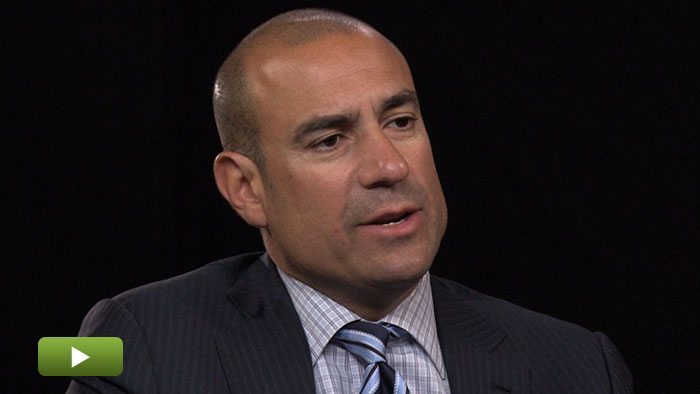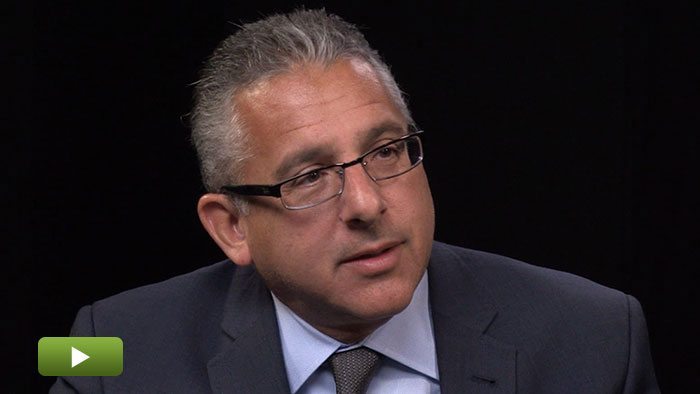Healthcare Subsectors Catching PE’s Eye
The private equity asset class is being drawn to some unique sectors of the healthcare space, while avoiding others like the plague. A partner in Moss Adams’ healthcare practice, DeVon Wiens, gives insight into why carve-outs and pharmacy deals are gaining traction, why hospital transactions are being avoided, and a new model of company popping up that bridges the gap between health plans and a medical group or physician.
Transcript Download Transcript
Healthcare Subsectors Catching PE’s Eye
With DeVon Wiens of Moss Adams
What sectors of healthcare are attractive to private equity at the moment?
DeVon Wiens of Moss Adams: We’ve seen a lot of change in the last three or four years in private equity and their approach to healthcare. Some of the larger funds like Blackstone and Welsh Carson will do mega–deals. By and large, it’s the 80/20 rule. Most private equity funds are middle market and they focus on middle–market industries. What they’re really interested in now is what I would call “healthcare carve-outs.” Not purchasing a large group or a hospital system that does a lot of things, but taking a specific disease—let’s say orthopedic or ophthalmology care—and taking the different components of those particular treatment cycles. For instance, an orthopedic care taking the surgery center, the physician group, physical therapy and imaging and putting it all under one service provider and really carving out the majority of the orthopedic care for that patient in that environment. We see similar things in oncology…and in pharmacy, where they’re really subdividing the delivery system into areas where they can exploit and become best in class in those areas.
What subsectors are being avoided by private equity?
Wiens: Most of the funds [are] avoiding—especially the middle–market funds—areas where they have to make a significant investment in real estate or hard assets because of the cost to capital in those areas. So you don’t see a lot of funds actually buying, with one exception, which would most likely be in the long-term care space. You do see some funds investing in long-term care, but we also see with a lot of those that they won’t actually purchase the real estate. They’re actually just buying the operating portion of the business, not the real estate portion. The real estate in long-term care, a large percentage of that, is actually financed by HUD.
Are PE firms doing transactions involving hospitals?
Wiens: I believe there is a lack of interest in the hospital space in particular, primarily because we have excess supply in hospitals and hospital beds in the country right now. If you look at the hospital space in particular, occupancy rates nationally are probably running about 50%. If you go to inner–city hospitals where you typically have country-owned facilities or university–operated facilities, they’ll have high occupancy or tertiary-care hospitals. 70% or 80% is not atypical.
If you’re looking at, “Well, what’s going to happen to that excess supply?” Even if you’re an integrated system, the majority of your revenue—in a fee-for–service model, in particular—doesn’t come from procedures you’re doing in the hospital bed itself. The majority of your revenue is actually coming from outpatient services. We’re seeing now, in the space, hip surgeries, which used to be a five or six-day hospital stay. You’re seeing them done same-day surgery now. So there’s less demand for beds. If you’re an investor, you likely don’t want to go into a hospital-type space.
What other areas are PE buyers interested in?
Wiens: The pharmacy space is quite interesting. By and large, it consumes a growing sector of healthcare. If you look at Medicare Part D, it really changed how senior citizens obtain their prescriptions, but it also realigned the industry. And, not unlike my orthopedic example earlier, you’re seeing pharmacies really being subdivided and carved out into different delivery structures.
For instance, you have pharmacies that—we typically think of a pharmacy as well—it’s the guy at Walmart or at Walgreens or CVS, where you have the pharmacy in the back and they sell greeting cards and soda in the front of the store. A lot of the pharmacy is really out of sight, out of mind. You have a whole home-infusion business which, over the last 25 years, has gone from being completely inpatient to being almost 100% outpatient.
You actually have subsectors of home infusion where you have very high-end oncology treatments or high-end infectious disease treatments where it’s very specialized. One treatment may be $10,000 or $15,000. So you have pharmacies [where] that’s what they focus on.
Another sector you see is long-term care, where you have pharmacies that only service the long-term care community. They’re either delivering to the home, to senior citizens, or they actually have contracts with nursing homes and skilled–nursing facilities where they deliver to the patients in those settings as well. Again, that’s completely outside Walgreens or CVS or that delivery model, which is what we call a retail pharmacy.
Again, what you’re seeing here is the profitable pieces of the business are aligning and private equity is being drawn to those types of delivery models.
From your perspective, how has the Affordable Care Act affected PE healthcare transactions?
Wiens: The hot topic or buzzword you hear about a lot these days is “healthcare population management.” It’s actually managing a group of people and looking at their healthcare outcomes. We’ve seen several companies in our market bridging that gap between what the health plans do and a medical group and physician or what we commonly refer to now as the Accountable Care Organization (ACO).
So you have a disaggregated model, because you have insurance over here. You have a physician who’s directing the care here. You have a hospital here that’s at least seeing some of those patients come in. There is a need as you downstream the risk from the insurance carrier to the provider. There’s a need for somebody between the two to really manage that process. And certain markets are already there.
You take the markets where fee–for–service medicine is on the decline and management care has been in the space for probably two decades, like California, Massachusetts, Minnesota—areas where there’s a high penetration of management care where the physicians and hospitals have actually taken that insurance risk typically left with the Blue Cross/Blue Shields of the world—and it’s moved down into a provider network. So there is a need for people who understand how to manage healthcare populations and reduce the cost of healthcare and the incidence of an individual going to the doctor.
We’re seeing companies actually spring up with that skill set. And it’s usually a combination of physicians—medical doctors who have been in the managed–care space—and insurance executives who understand the processing piece. They’re actually building companies that bridge that gap…and ultimately it should bring the cost of healthcare down.

